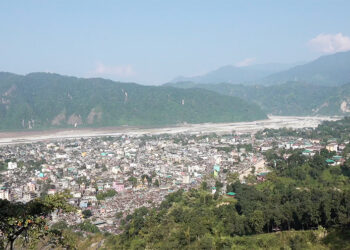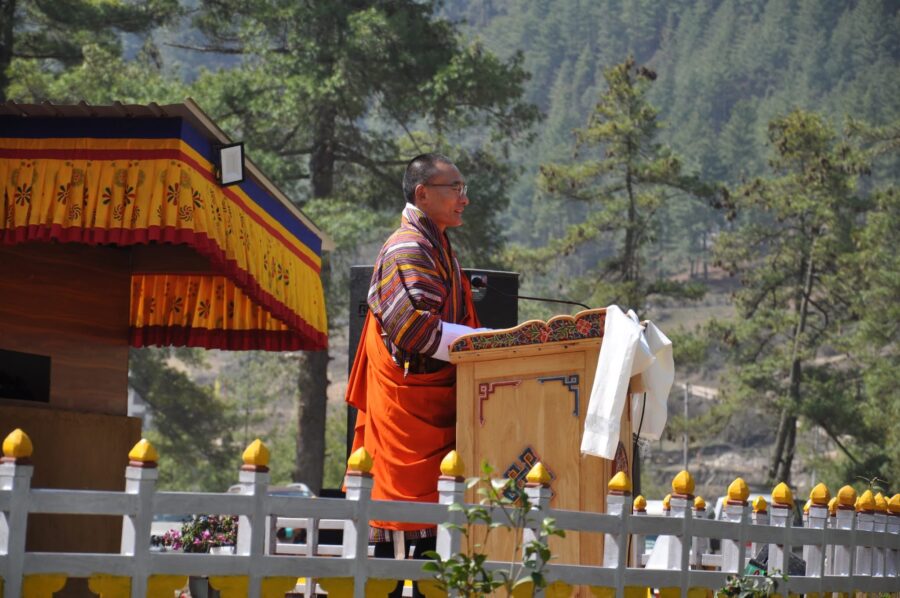 Tourists visiting Bhutan now have an additional tourism product to explore in the Himalayan Kingdom. Haa Valley in the West is now declared as one of the high-end recreational fly-fishing destinations in the country. Prime Minister TsheringTobgay inaugurated the tourism product during the first day of the Haa Spring Festival today.
Tourists visiting Bhutan now have an additional tourism product to explore in the Himalayan Kingdom. Haa Valley in the West is now declared as one of the high-end recreational fly-fishing destinations in the country. Prime Minister TsheringTobgay inaugurated the tourism product during the first day of the Haa Spring Festival today.
 Haa Spring Festival is a celebration of nomadic lifestyles, authentic Bhutanese cuisines, and traditional sports.
Haa Spring Festival is a celebration of nomadic lifestyles, authentic Bhutanese cuisines, and traditional sports.
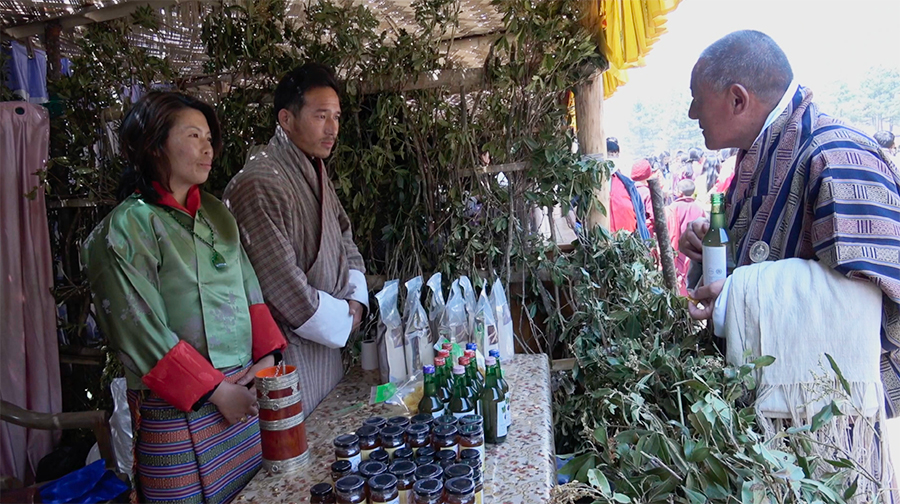 This year’s edition of the festival features 30 makeshift stalls,showcasingthe district’s nomadic culture, and local cuisines aimed at promoting sustainable tourism.
This year’s edition of the festival features 30 makeshift stalls,showcasingthe district’s nomadic culture, and local cuisines aimed at promoting sustainable tourism.
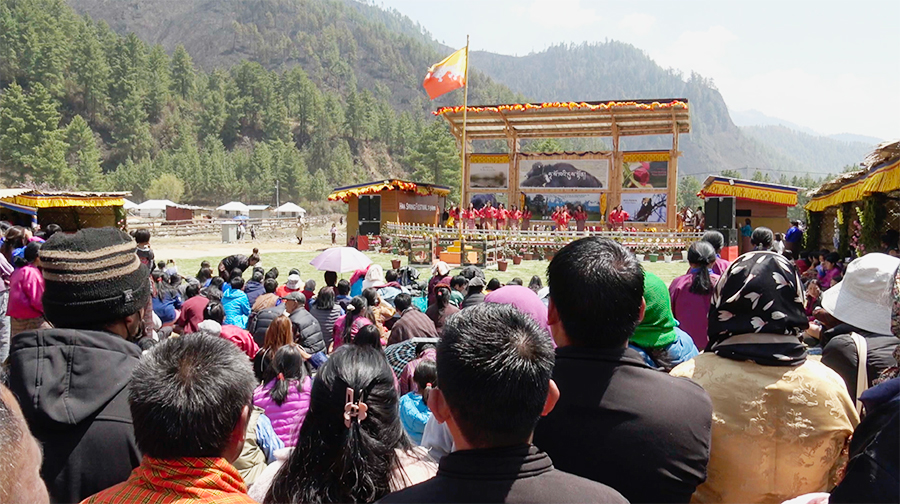 For the residents of the valley, the three-day event is an opportunity to trade their local products, as hundreds of visitors attend the festival each year. Local entrepreneurs like Lhab Dorji, who produces beetroot wine, local flour and honey, says the festival helps ease their marketing challenge.
For the residents of the valley, the three-day event is an opportunity to trade their local products, as hundreds of visitors attend the festival each year. Local entrepreneurs like Lhab Dorji, who produces beetroot wine, local flour and honey, says the festival helps ease their marketing challenge.
“During events like this, tourists and visitors from Paro and Thimphu come to take part in the festival. They buy our products thereby helping us promote our products. Currently, we are unable to produce on a large scale because there is no market. Moreover, we cannot advertise our products which affects the growth of our business. When the district organizes such festival, it is an opportunity for us to showcase our products,” Lhab said.
Similarly, Gaki, a resident of Yangthang village of Bji Gewog said,”We can sell our products at gatherings like this as we are unable to go around to sell due to a manpower shortage. We make hard cheese, fermented cheese and other crafts made of yak’s fur which we are able to sell here. This helps us make additional income.”
Tenpa Rinchen, who is the mangmi of Gakiling Gewog said, “Our people can produce flours from buckwheat, millet and maize. However, due to challenges in accessing the market, people don’t grow much. Events like this would encourage them to grow more for commercial purposes.
“We are able to showcase our local cuisines to the visitors which otherwise will remain with the locals and disappear in the future,” Sonam Dema from Samar Gewog’s Norbugang village said. “The festival will help promote and preserve our local cuisines.”
 This connection between local traditions and visitors is further exemplified by Ute, a tourist from Germany, who shared her experience of the festival. “We are here with a very good guide, and our guide told us about the festival, so we joined. We are a group of four tourists. I am going to tell my friends about this festival and persuade them to go and visit Haa and take part in the festival.”
This connection between local traditions and visitors is further exemplified by Ute, a tourist from Germany, who shared her experience of the festival. “We are here with a very good guide, and our guide told us about the festival, so we joined. We are a group of four tourists. I am going to tell my friends about this festival and persuade them to go and visit Haa and take part in the festival.”
According to records with the district administration, over 40 tourists participated in last year’s edition of the Spring Festival.
The number is expected to rise, with the first day of the festival drawing in more than 20 tourists.
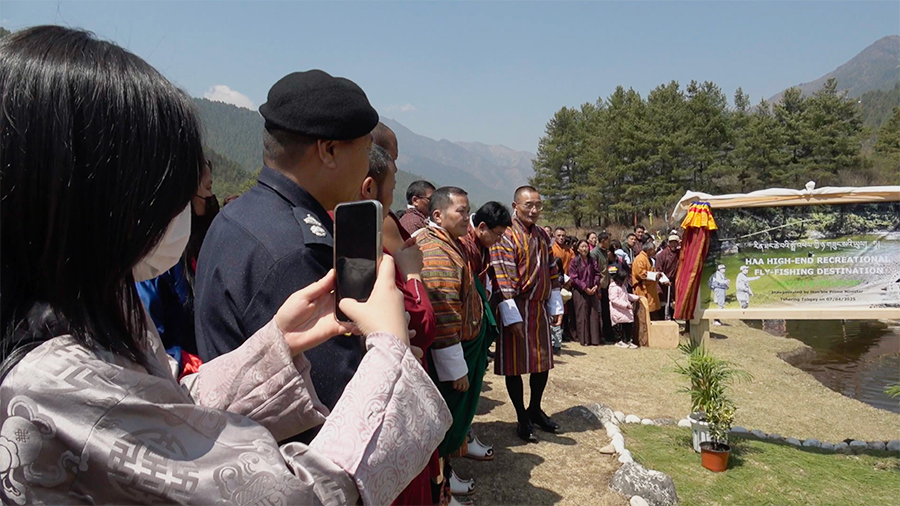 With the district now declared as a high-end fly-fishing destination, Haa is expected to attract more tourists. The 27-kilometre catch-and-release zone, home to snow trout and brown trout, begins from Bji Gewog and stretches till Samar Gewog.
With the district now declared as a high-end fly-fishing destination, Haa is expected to attract more tourists. The 27-kilometre catch-and-release zone, home to snow trout and brown trout, begins from Bji Gewog and stretches till Samar Gewog.
 It is launched to promote eco-tourism. The district livestock sector proposed the idea, which the Dzongkhag Tshogdu endorsed last month. A working group will study its economic benefits, develop riverside infrastructure, and prepare for full operation soon. The zone will use eco-friendly gears and train local guides in high-end fly-fishing.
It is launched to promote eco-tourism. The district livestock sector proposed the idea, which the Dzongkhag Tshogdu endorsed last month. A working group will study its economic benefits, develop riverside infrastructure, and prepare for full operation soon. The zone will use eco-friendly gears and train local guides in high-end fly-fishing.
Namgay Wangchuk, Haa
Edited by Phub Gyem









